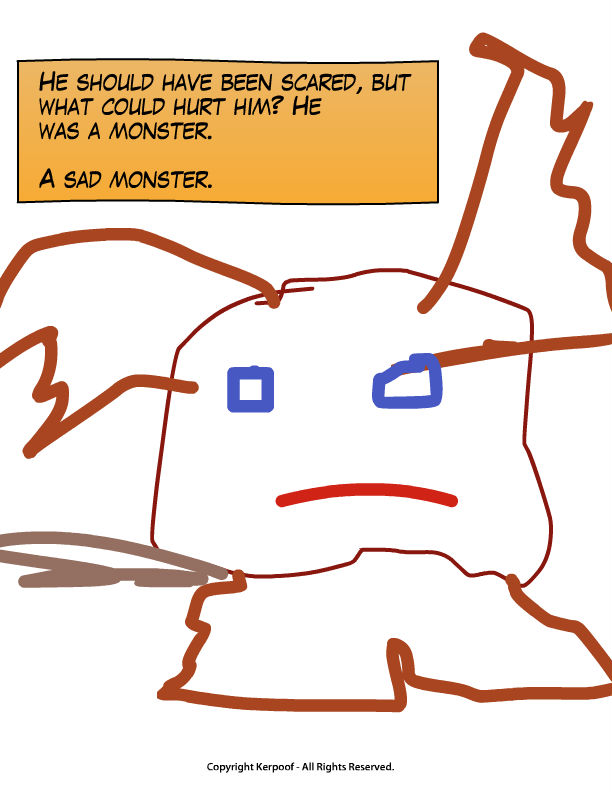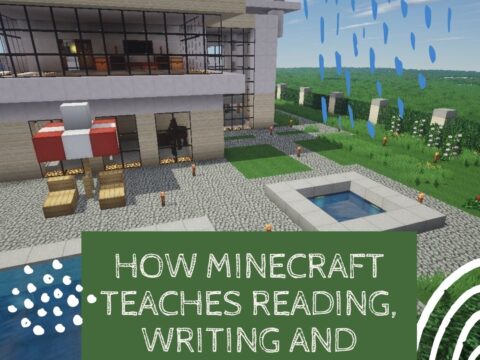Here are five of my favorite tech tools for teacher-authors:
 1. A good editing program
1. A good editing program
Whether you’re self-published or agented, you want your documents as clean as possible. You can edit it yourself, use beta readers, or pray, but one more option to include in your toolkit is a good online editing program. Often, these ask you to copy-paste your text into a dialogue box on their website and they take it from there. Sometimes, you upload your entire manuscript. What they do varies from simply checking your grammar and spelling to analyzing pacing, word choice, and more. I like Grammarly for basics and AutoCrit for more detail.
See my Grammarly review here.
2. A digital device
I know lots of people who write the first draft of their documents with paper-and-pencil but almost always, the next version is completed on some sort of digital device. That might be a Mac, PC, iPad, Chromebook, laptop, or in some cases a dedicated word processor like the Retro Freewrite or Alphasmart. Pick one or more that work for you, doesn’t matter which as long as it’s digital and allows you to type and edit your manuscript.
See my reviews here for Chromebooks, iPads
3. Google Forms
Google Forms are an easy digital way to collect information from teacher-readers, sort it, and throw it into a spreadsheet. They’re professional-looking, intuitive, quick to create, and can be personalized to your needs. I use them to collect data for blog hops, curate my newsletter list, ask for feedback, sign up interested teachers, and more. There’s just no reason to struggle through this sort of design by yourself anymore.
See my Google Forms review and another form program I like, JotForm.
4. Canva
It’s hard enough writing a book and bringing it to publication without then being forced to also market it. That includes banners, logos, fliers, headers, announcements–yikes! Years ago, I knew I had to reform when my kindest beta reader wrote, “Is the flier supposed to look like that? No–really, I like it!” Right. I found Canva.com. Canva provides all the tools writers need to create headers, banners, Facebook placards, Twitter tweets, informal book covers, and the myriad of marketing materials that are part and parcel of publishing a book. It provides templates, size options, samples, even a design school–all for free. And it didn’t take long to get used. Now, I create what I need usually in less than five minutes. You heard that right. Try it out.
See my Canva review.
 5. Book Trailer Program
5. Book Trailer Program
Book trailers are quite popular because movies are a nice way to get readers excited about your book. If you’re creating your own, you want a program that is easy to use with a shallow learning curve, looks professional, and is as free as possible. I’ve seen a lot of options for this task, everything from Animoto to Tellagami to even a storyboard program like Storyboard That!
More tech for writers:
10 Tips for Digital Storytelling
5 Ways to Become a Better Writer
How to Leverage Writing with Technology
Jacqui Murray has been teaching K-18 technology for 30 years. She is the editor/author of over a hundred tech ed resources including a K-12 technology curriculum, K-8 keyboard curriculum, K-8 Digital Citizenship curriculum. She is an adjunct professor in tech ed, Master Teacher, webmaster for four blogs, an Amazon Vine Voice, CSTA presentation reviewer, freelance journalist on tech ed topics, contributor to NEA Today, and author of the tech thrillers, To Hunt a Sub and Twenty-four Days. You can find her resources at Structured Learning.















































































































